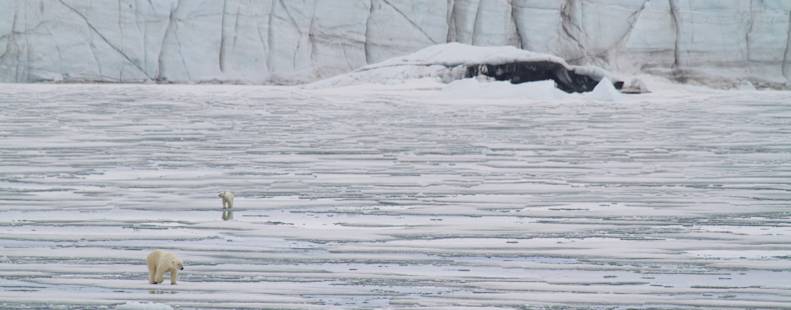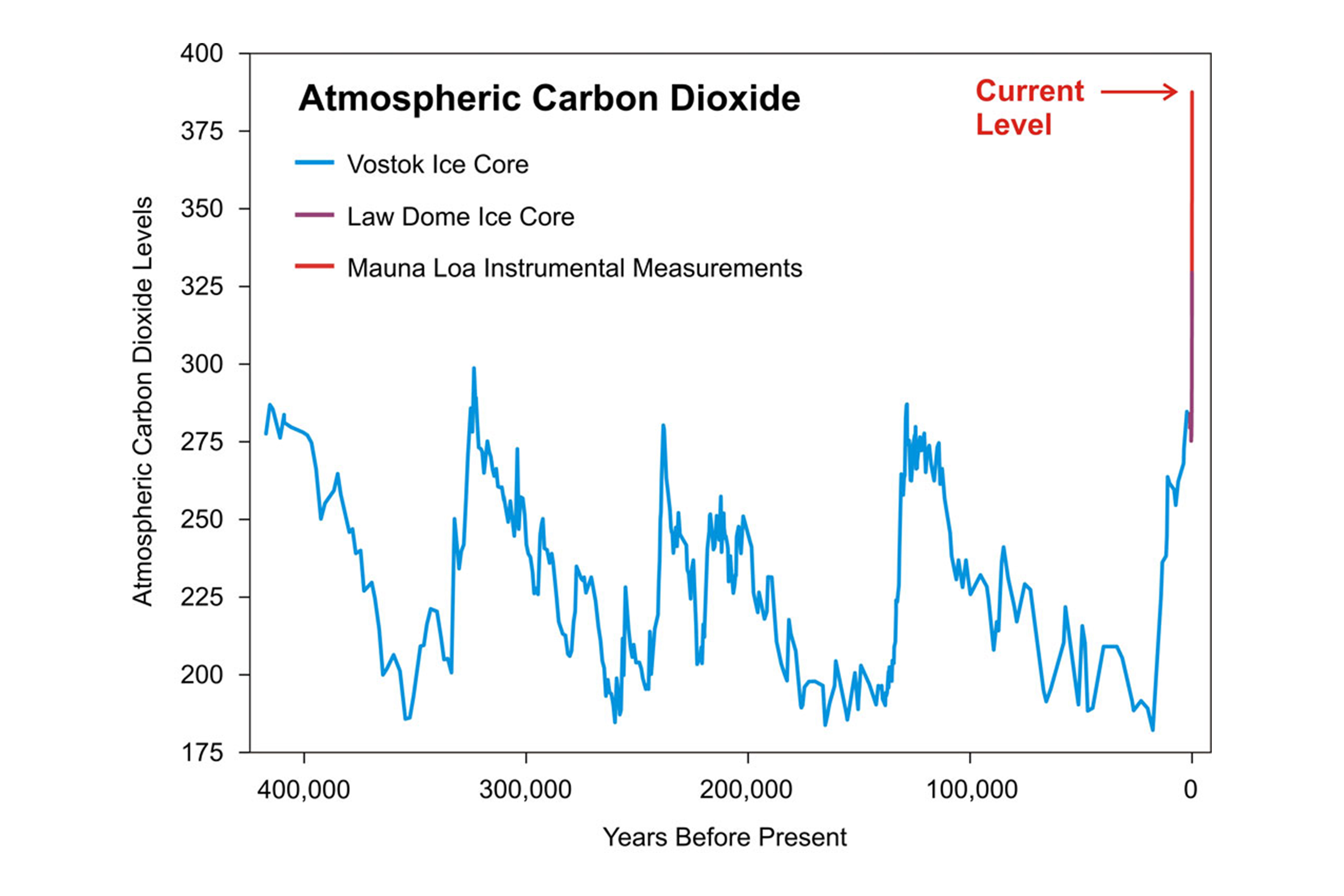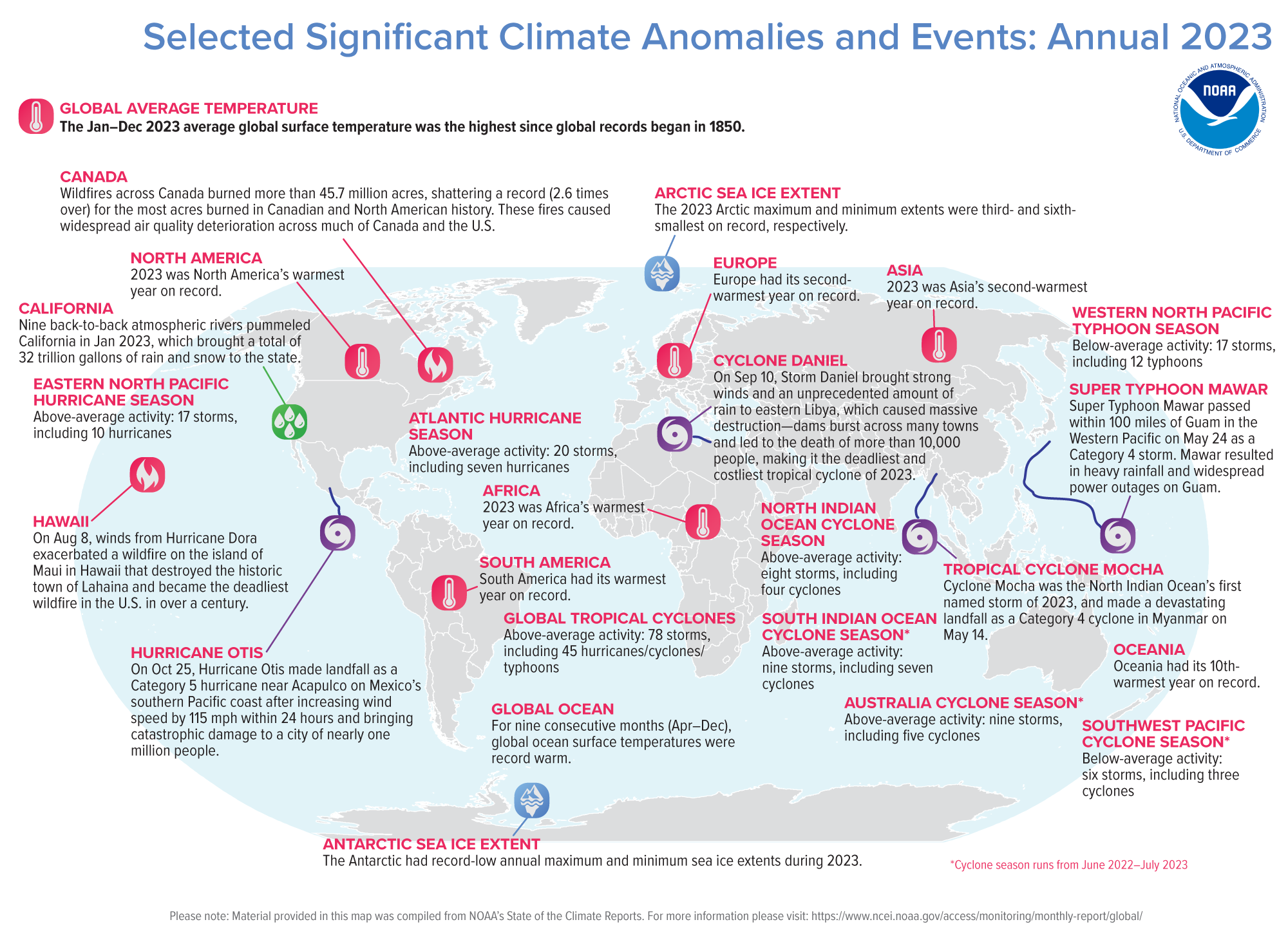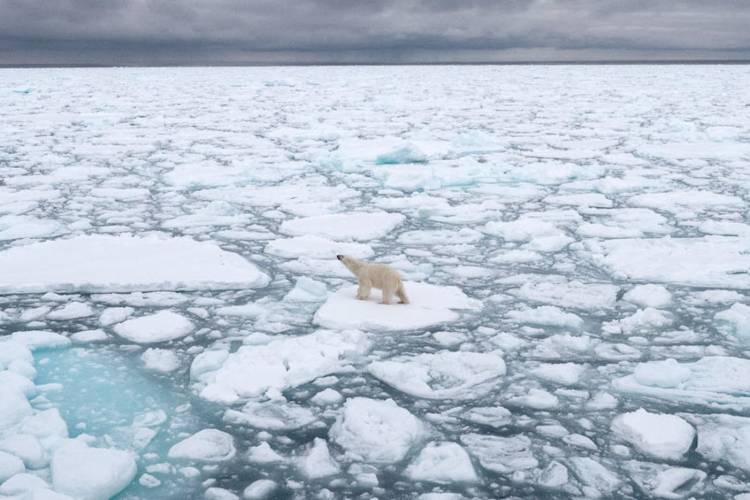Activity 2A: Focus

Photo: Kt Miller / Polar Bears International
Climate Change Basics
NNOCCI Climate Science Lesson
We all come into this experience with varying levels of climate science knowledge and expertise, not to mention, questions. This section will introduce or refresh basic climate science concepts as well as give us a chance to share ideas and resources with one another.
Step One
To learn about climate and what causes it to change, read what the University Corporation for Atmospheric Research has to say by visiting their website. Click on the words below for each answer, and to read a little more about the climate change science.
These resources are found on the University Corporation for Atmospheric Research website.
UCAR and NCAR provide leading resources on atmospheric and sea ice studies.
Step Two
Complete the Global Temperature quiz from NASA as a warm up.

Then watch the video Climate 101 with Bill Nye.
Step Three
Read more about the greenhouse effect HERE, and read below on how humans are changing the carbon cycle.
What's causing global warming?
When we burn fossil fuels like coal, and oil, and natural gas for things like energy production, heating/cooling the places we live, work, and play - or transporting people and goods from one place to the next, we pump more and more carbon dioxide into the atmosphere. This causes a blanket-like effect, thus trapping heat around the world that would have otherwise escaped back into space. The trapped heat causes the planet to warm and disrupts the atmospheric balance that otherwise keeps the climate stable.
The carbon cycle is the flow of carbon through our environment. Carbon cycles through terrestrial and marine ecosystems naturally. You might of heard of carbon dioxide as something we breathe out and plants breathe in. We call this regular carbon dioxide. But there is another source of carbon dioxide, which we call rampant CO2. This comes from burning fossil fuels like coal, oil, and natural gas for energy. The burning of fossil fuels is adding carbon to the atmosphere that typically wouldn't be added. There is too much of it and it is getting out of control. We are emitting so much rampant carbon dioxide that we are thickening that heat trapping blanket (the metaphor mentioned above), warming the planet at extreme rates, and intensifying the effects of a disrupted climate.
Global Temperature and CO2 Levels
According to an ongoing temperature analysis conducted by scientists at NASA’s Goddard Institute for Space Studies (GISS), the average global temperature on Earth has increased by about 1.1°Celsius (about 2°Fahrenheit) since 1880, or the pre-industrial era(1). Two-thirds of the warming has occurred since 1975, at a rate of roughly 0.15-0.20°C per decade. Take a look at the graphs below, from www.skepticalscience.com, a website that has numerous climate graphic resources for you to use. These graphs side by side demonstrate the connection between an increase in CO2 and an increase in global temperatures. It also provides a look at CO2 in our atmosphere in the past 400,000 years and how we are well beyond the natural cycle.
(1) https://earthobservatory.nasa.gov/world-of-change/global-temperatures


Diagrams: www.skepticalscience.com
Take a look at the graphic by NOAA about climate anomalies in 2023 and visit NOAA's website for a comparison of how global temperatures in 2023 compared, making 2023 the warmest year on record since global records began in 1850.

Via ncei.noaa.gov

Photo: Daniel J. Cox
Finished?
Continue on to Activity 2B – Explore.










